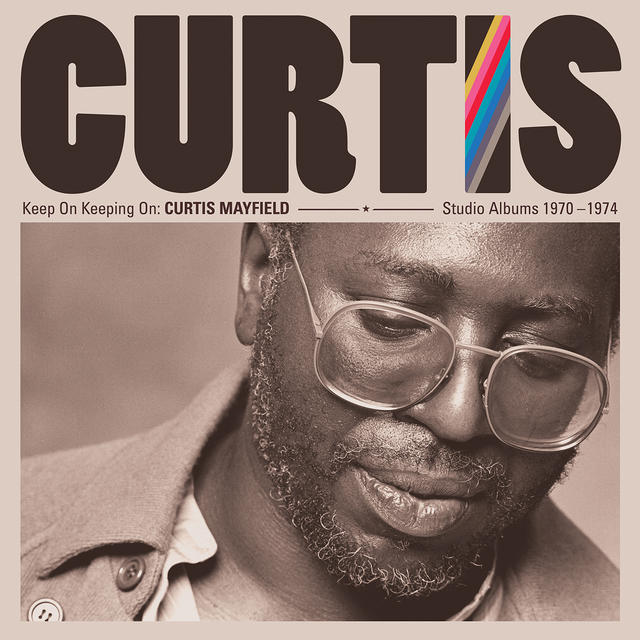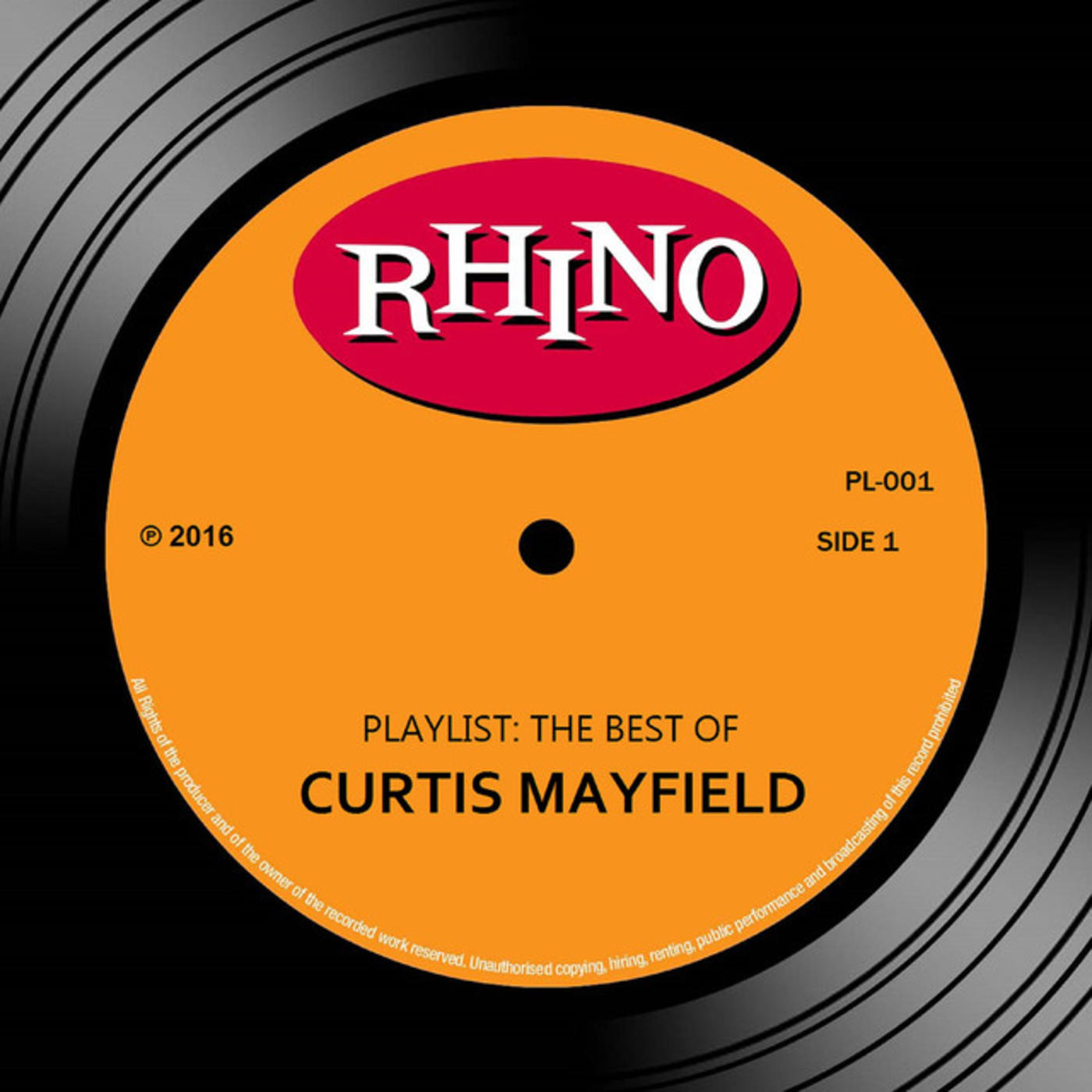5 Things You May Not Have Known About Curtis Mayfield

Today we celebrate the birthday of a legendary singer, songwriter, soundtrack composer, and all-around funky guy. We’re talking, of course, about the late Curtis Mayfield, and we’re commemorating the occasion of his birth as we so often do around here: by offering up five things about him that you may or may not have known.
1. He made his first public performance as a singer when he was only seven years old.
Mayfield grew up with an appreciation of music, thanks in no small part to his mother teaching him piano, but both his mother and his grandmother helped to turn him on to gospel music when he was a child, resulting in him making his singing debut at his aunt’s church, belting out a number with the Northern Jubilee Gospel Singers. His skill was such that he became a regular member of the group, remaining with them for the next seven years, at which point he formed his own group, the Alphatones.
2. He went to high school with fellow R&B legend Jerry Butler.
The aforementioned Alphatones didn’t end up lasting very long, but they didn’t have to: they’d served their purpose. By putting the group together, it allowed Mayfield to stand on his own, and when – within the same year – he joined Butler’s group, The Roosters, he set the future in motion. How so, you ask? Because The Roosters soon became The Impressions, and we all know how big The Impressions ended up becoming.
3. When he stepped away from The Impressions to do his first solo album, he’d intended to return to the group.
To be fair, Mayfield almost certainly had no idea how huge his debut LP would become, but CURTIS ended up topping the R&B Albums chart, officially defining him as a viable solo artist. Granted, he would continue to write material for The Impressions for a bit longer, but eventually he stepped away from the band altogether, making the split official in 1971.
4. One of his compositions was banned from the radio in various cities for fear that it might incite rioting.
In March 1968, students at Howard University were on the cusp of occupying the administration building. “Roughly 1,200 students filled the building, and about 2,500 rallied outside,” Afi-Odelia Scruggs wrote in USA Today. “The protesters had four demands: more courses on African-American history and culture; disciplinary charges dropped against a group who had disrupted the school’s Charter Day; the establishment of a judicial process; and the resignation of university president James Nabrit. When the negotiations dragged and students’ morale flagged, protesters turned on a song, ‘Keep on Pushing.’” The song was also reportedly the #1 sing-along on the Freedom Rides of the ’60s Civil Rights movement. Needless to say, the subsequent banning of the song in some areas didn’t do anything to stop the movement’s success.
5. There’s a ton of Mayfield material in the vaults of Curtom Records that’s never been released.
Mayfield biographer Peter Burns wrote in his book People Never Give Up of the wealth of material that Curtom was just sitting on, and it must be true, because Mayfield’s own website has referenced Burns’s claim of “140 recordings…in various stages of completion but all capable of being released.” Whether this will ever come to pass, only time will tell, but the material includes songs entitled "The Great Escape,” "In The News,” "Turn up the Radio,” and "What's The Situation?" along with several live performances.
For more information, click the buttons below:

